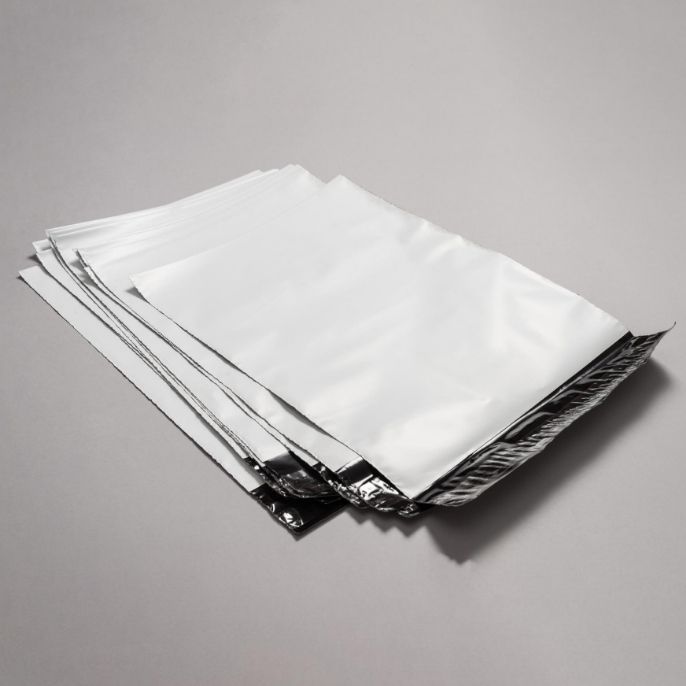Poly bags are some of the most diverse products we use in our everyday lives. From packaging our food and shipping products to dispensing drinks and organizing loose items, the possibilities are endless with the right type of bag at your disposal. But when it comes to the development of these resources, our focus is more often on how to use them rather than on what it takes to make them. Understanding how poly bags are made can open various doors for your business and even allow you to experiment with new ways to supply your product. This is the basic manufacturing process to be aware of.
Blending the Resin and Melting It Down
Poly bags are predominantly made from high-density polyethylene (HDPE) resin, but a multitude of other materials could be mixed in as well, depending on the manufacturer’s specific recipe. These additional substances provide the finished film with certain effects that could be useful for packaging certain items or foods. When the production process begins, the HDPE resin pellets are deposited into a blending chamber where other types of resin are mixed with it to the formula’s specifications. Then these pellets are funneled into a separate channel where they are melted down and mixed together into one material.
Material Cooling
Once the resin is thoroughly blended into one liquified material, it then needs to be properly cooled. For this stage, it’s common practice for bag manufacturers to blow the batch of molten plastic into a large bubble. This promotes even material distribution, spreads it out into thin layers for film creation, and allows every part to have equal access to the open air. When given the proper amount of time to cool, this bubble is then sent to another department to be turned into film.
Rolling the Plastic into Film and Testing
The next part understanding how poly bags are made is familiarizing yourself with the reformation of the plastic bubble into a film. After the cooling stage, the large bubble is then sent through a series of machine rollers that force the material flat. The resulting film is then rolled along large cores and placed aside for future use in creating bags. However, this isn’t where this step ends. In fact, these same rolls will occasionally be chosen for material testing—where the film is once again blown into a large bag and checked for leaks or weak spots.
Print, Cut, and Separate
If the batch of film is shown to be good quality, it is then sent through other specialized machines for printing, cutting, and separating them into individual bags. Depending on the facility, sometimes the cutting process is performed by hand using heated blades. These tools weld the film together as it’s being cut to form a better seal and ensure the bag stays together. Then they’re placed into packages and shipped to the business that ordered them.
When it comes to designing and creating poly bags for professional use, no one has a handle on the process like we do at Royal Bag, Inc. As dedicated poly bag manufacturers for over 20 years, we know what our customers need and exactly how to make their packaging vision a reality through our products.

